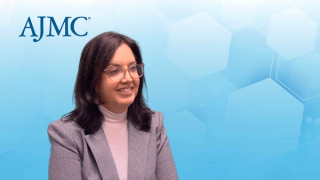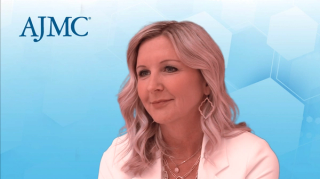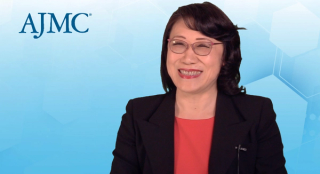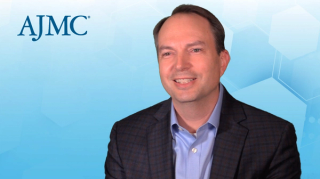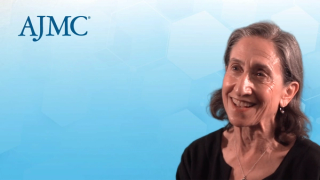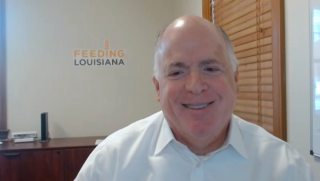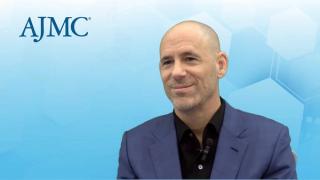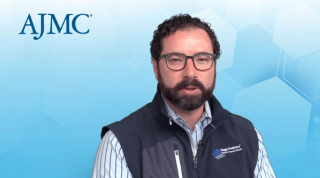
Health Care Cost
Latest News

Latest Videos

CME Content
More News

Service utilization is the biggest factor behind spending variation, with prices, disease prevalence, and demographics playing smaller roles.
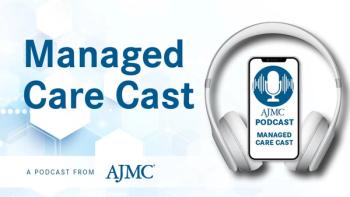
George Jones of UpScript Health discusses telemedicine's evolution from basic e-prescribing to real-time video consultations, expanding treatment beyond primary care.
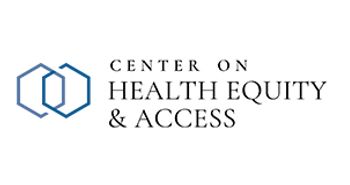
Expert perspectives shed light on complex care and prior authorization. Despite DEI rollbacks under the new administration, disparities are still prevalent in health care and research.

During the unwinding of continuous Medicaid provisions, 8.7% of pediatric patients at community-based health organizations became uninsured, with higher rates among older children, females, and those with chronic medical conditions.

The removal of FDA guidance on clinical trial diversity and related anti–diversity, equity, and inclusion (DEI) actions may hinder progress toward equitable health care, impacting workforce diversity, patient outcomes, and research.

Access and affordability are among the top priorities in health care for Americans who participated in the survey.
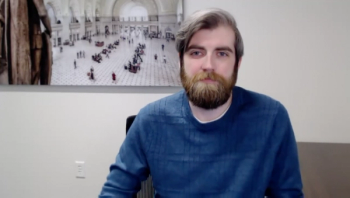
Abandoning efforts to reform payment for cell and gene therapies for Medicaid beneficiaries could allow ongoing access barriers to persist, said Adam Colborn, JD, of AMCP.

Within the past week, news has emerged from the Trump administration, from the HHS secretary confirmation hearings to retracted FDA guidelines on diversity in clinical trials.

New research highlights the significant health care resource utilization burden of generalized pustular psoriasis (GPP), revealing higher hospitalizations and costs among patients experiencing flares.

With historical data showing migraine to be underdiagnosed and undertreated, new guidance from the American College of Physicians (ACP) encompasses 3 recommendations on treating episodic migraine in adult patients in the outpatient setting.

A polypill for preventing cardiovascular disease has the potential to address health inequities and expand health care access for low-income populations.

This week, Robert F. Kennedy Jr sat before the Senate for 2 separate hearings, to decide the fate of his confirmation as secretary of HHS.

Adam Colborn, JD, of AMCP, discusses the complexities of drug pricing and what policymakers must consider in efforts to reduce prices and increase access.
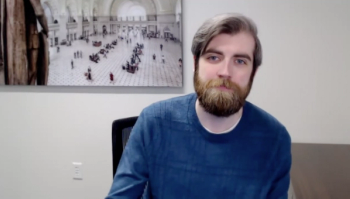
Adam Colborn, JD, of AMCP, discussed how President Trump's rescission of several Biden-era executive orders may impact Medicaid and Medicare initiatives.

Sen. Bill Cassidy, MD, (R, Louisiana) holds a key vote on Robert F. Kennedy Jr's HHS Secretary confirmation. When Cassidy asked for a strategy on Medicare and Medicaid, Kennedy could not provide one.

According to the CDC, frequent consumption of sugary drinks is linked to adverse health outcomes that include obesity, type 2 diabetes, heart disease, nonalcoholic liver disease, and gout.
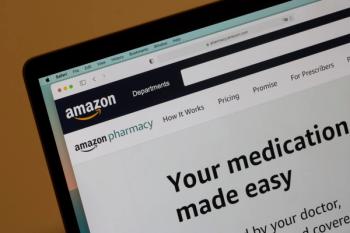
Amazon Pharmacy's RxPass program shows promise in boosting medication adherence and reducing costs, according to a study.

Highlights from last week include President Trump's executive orders, the FDA approval of esketamine nasal spray for depression, mental health access through Medicaid Managed Care, the impact of travel time on surgical outcomes, and life expectancy disparities.

For this study, outcomes were compared between 2 groups of patients with myasthenia gravis: those who developed exacerbations and those who did not experience exacerbations.

Samsung Bioepis' Q1 2025 report shows oncology, ophthalmology, and pegfilgrastim biosimilars have gained significant market share, while immunology, filgrastim, epoetin alfa, and insulin glargine biosimilars have grown more slowly.

President Donald Trump's initial executive orders target previous efforts to reduce health care costs, pandemic preparedness, and international partnerships, showing a stark contrast to the Biden administration.

Experts suggest that most Americans will not experience immediate changes in their out-of-pocket health care expenses.

Attorneys General from several districts have come together in a lawsuit seeking damages from Walgreens for allegedly knowingly filling opioid prescriptions that lacked a genuine medical purpose.

Despite the availability of several noninvasive tests for colorectal cancer, prioritizing blood-based tests may result in higher costs and worse population-level outcomes.

A report from the Federal Trade Commission (FTC) has determined that pharmacy benefit managers (PBMs) are linked to significant cost increases for cancer, HIV, and other critical specialty drugs.





